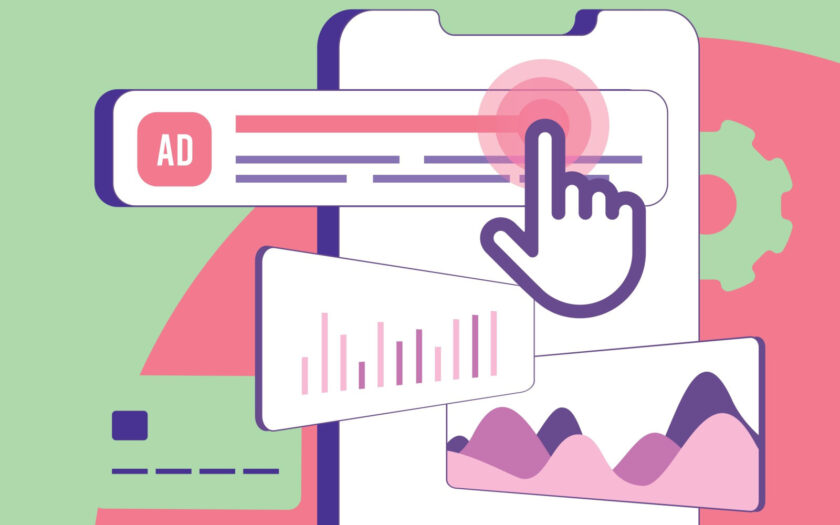Pay-per-click (PPC) advertising remains a cornerstone of effective digital marketing strategies.
Often, when we begin work on a PPC account or campaign, it comes with some history.
Whether it’s because we inherited it or have been asked to conduct an audit, the goal is always the same: to look at it with fresh new eyes, making use of our expertise and hard-earned skills.
We need to make sense of it to fix issues and improve performance.
In my original post dated October 2021, I highlighted seven key areas to optimize in order to improve PPC campaign performance.
But as we move through 2024, the advent of AI tools and intelligence has significantly disrupted the landscape, necessitating continuous refinement and adaptation.
Additionally, the proliferation of privacy regulations has profoundly impacted data collection and insights gathering.
In this updated guide, we now explore nine proven ways to enhance your PPC campaign performance, considering these new dynamics.
By leveraging the latest tools and insights, you can ensure your campaigns are optimized for maximum impact and return on investment.
Nine Key Areas For Improving PPC Campaign Performance
1. Performance By Location
One often overlooked but obvious way to segment the performance by audience is to look at where your existing and prospecting customers are located.
Screenshot from Google Ads, July 2024
You will likely see patterns for different states, regions, and even postal codes.
This seems to be quite obvious if we consider that demographics can be entirely different from place to place.
By segmenting your audience based on geographical data, you can tailor your campaigns to target specific areas more effectively. For instance, higher transaction values in affluent suburbs may justify increased spending to acquire those customers.
Ensure your campaign settings reflect these nuances to optimize performance.
2. Performance By Device
It’s a given. Despite the increasing convergence between experiences on different platforms and devices, user behavior can vary significantly across different devices.
While mobile continues to dominate traffic, desktop often leads in conversions for many industries.
It’s not just a matter of screen size and resolution, but also about context and the reasons why we use a device instead of another.
It’s crucial to regularly review device performance data to better understand your audience and the context in which they operate. This understanding allows you to align your messaging and user experience accordingly.
Furthermore, aligning this data with other marketing channels can enhance the overall effectiveness of your campaigns.
3. Performance By Network (Search Vs. Search Partners Vs. Display)
Targeting the right network can significantly impact your campaign’s success.
We could argue at length about the quality of impressions and clicks from partners’ websites. But most of the time, these generate such a small amount of traffic that in the wider context of an account, the spend can be negligible.
Screenshot from Google Ads, July 2024
And considering that there is no way to target Search Partners alone, whether we keep the Search Partners on or off is a different matter.
However, that cannot be said for the Display Network — you should always split Search and Display campaigns.
While Search Network delivers high-intent traffic, Display Network excels in brand awareness, and while the end of third-party cookies and a cookieless future are upon us mean that personalized and targeted ads will be more limited, we are likely to see a revival of contextual advertising.
But even when highly targeted, display ads are a form of disruption of the user experience, and therefore we must always acknowledge that in our creative and messaging.
Additionally, we should likely use the two networks to target customers and prospects at different stages of their user journey and have different strategies, KPIs, and targets aligned to that.
4. Audience Performance
Often, we see search driving a significant amount of traffic from existing customers who use the engines to quickly “navigate” to a website to access their account.
If appropriate measures are not in place, these navigational clicks can be quite costly when they come from PPC ads.
Add suppression lists to avoid (where possible) incurring any extra costs that won’t drive additional conversions.
Per my previous point, the third-party cookie ban will limit your ability to target specific audience members and personalized ads, including retargeting.
So other logical uses of audience targeting include the segmentation of the user base (first-party data) into cohorts based on a shared attribute or identifier, and therefore defined by behavior (i.e., page visitors), and/or engagement (high consumption of content).
With the growing importance of first-party data due to privacy regulations, nurturing customer lists is crucial.
Screenshot from Google Ads, July 2024
But audiences can also be used for observation rather than targeting, as in the above example.
Since these won’t affect the campaigns’ performance, it is strongly suggested that as many relevant audiences as possible be added.
Once the data is collected, it will provide valuable insights into which segments are most valuable and which audiences are underperforming. This will enable you to make the right adjustments.
